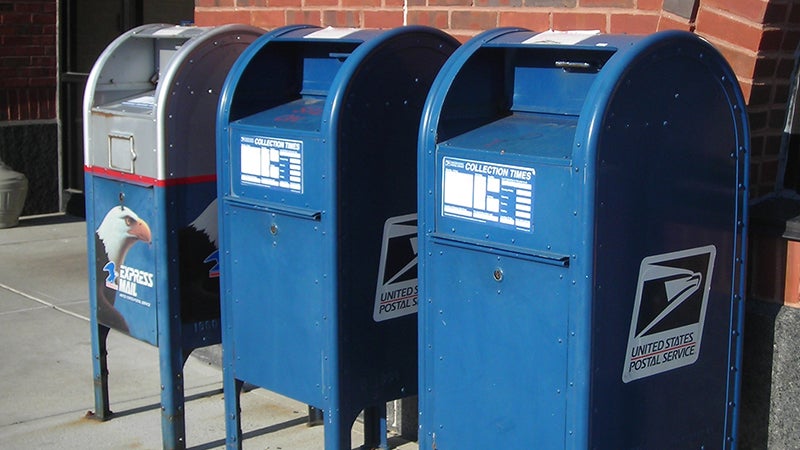Suffolk gets ‘F’ for air quality
Published 11:09 pm Wednesday, May 7, 2014
Suffolk received a failing grade for ozone pollution in the American Lung Association’s most recent State of the Air report.
The city had 12 days in the 2010-2012 period, which the report covers, when the ozone level was considered unhealthy for sensitive populations, which include people with asthma, lung disease or heart disease, children and the elderly.
“It can be harmful to anyone,” said Laura Kate Bender of the American Lung Association. She said ozone can cause shortness of breath and lung damage, contributes to emergency room visits and can exacerbate conditions such as asthma or chronic obstructive pulmonary disease, and can even lead to premature death.
Ozone is an invisible gas, often referred to as smog, formed when hydrocarbon vapors and nitrogen oxides have a chemical reaction in the air triggered by sunlight and heat.
Sources of hydrocarbon vapors and nitrogen oxides include vehicles, chemical plants, refineries, factories, gas stations, paint, power plants, industrial boilers, locomotives and ships.
The weighted average number of days with high ozone levels — 4 for Suffolk in this report — rose slightly from last year’s report but has fallen significantly since the late ’90s, when the weighted average was 30.
The weighted average assigns increasing weights to days when air pollution levels reach the higher ranges.
“We’ve made significant progress over the course of the report,” Bender said. “The measures taken under the Clean Air Act have gone a really long way in improving particle pollution as well as ozone pollution.”
Bender said unusually hot summers in 2010 and 2012 were believed to have contributed to slightly higher ozone numbers for many areas in this report.
The data was collected at two monitoring stations in Suffolk, one at the former Tidewater Community College campus on College Drive and the other at the Tidewater Agricultural Research and Extension Center’s research facility on Hare Road, in the rural southwestern part of the city.
The only other ozone monitoring station in Hampton Roads is in Hampton, which also received a failing grade for its air quality.
Particulate pollution also was measured in some areas for the report, but no monitoring station for it exists in Suffolk. Hampton and Virginia Beach received grades of B for their short-term particle pollution, and Norfolk received a C.
According to the American Lung Association, folks can help improve pollution in their area by driving less, using less electricity and not burning wood or trash.
Bender also said individuals who are at risk or have a child who is at risk can download a mobile app from the American Lung Association’s website, www.lung.org, that gives daily updates on local air quality. On a computer, people can visit www.airnow.gov.






